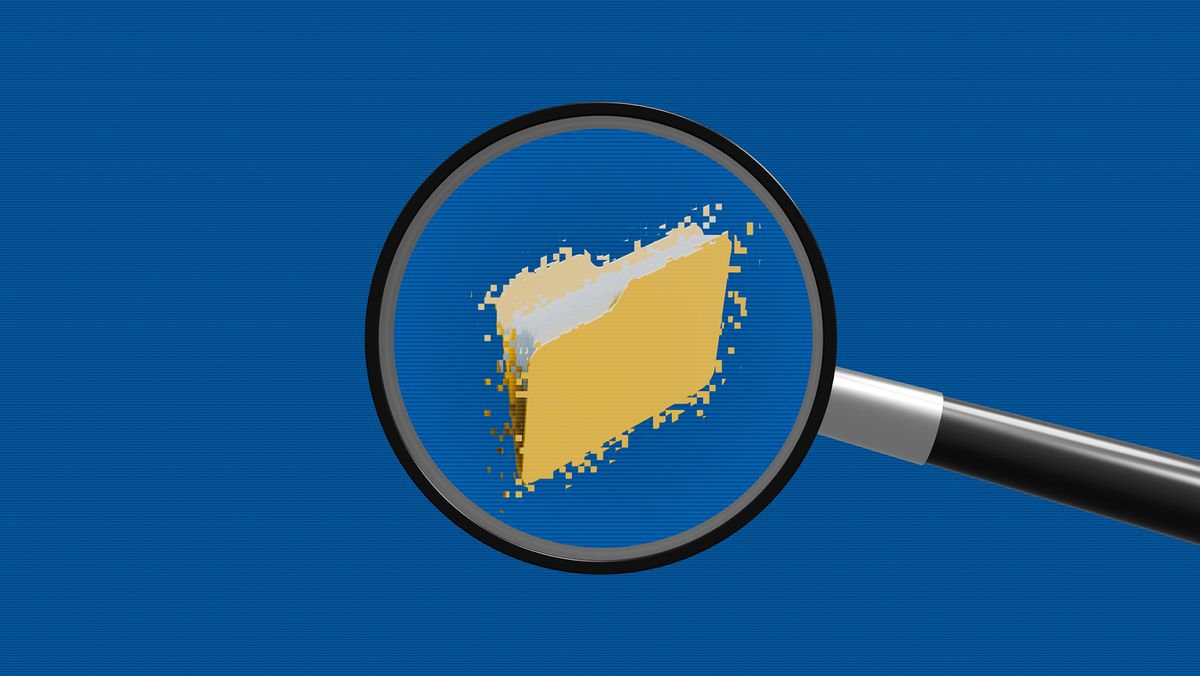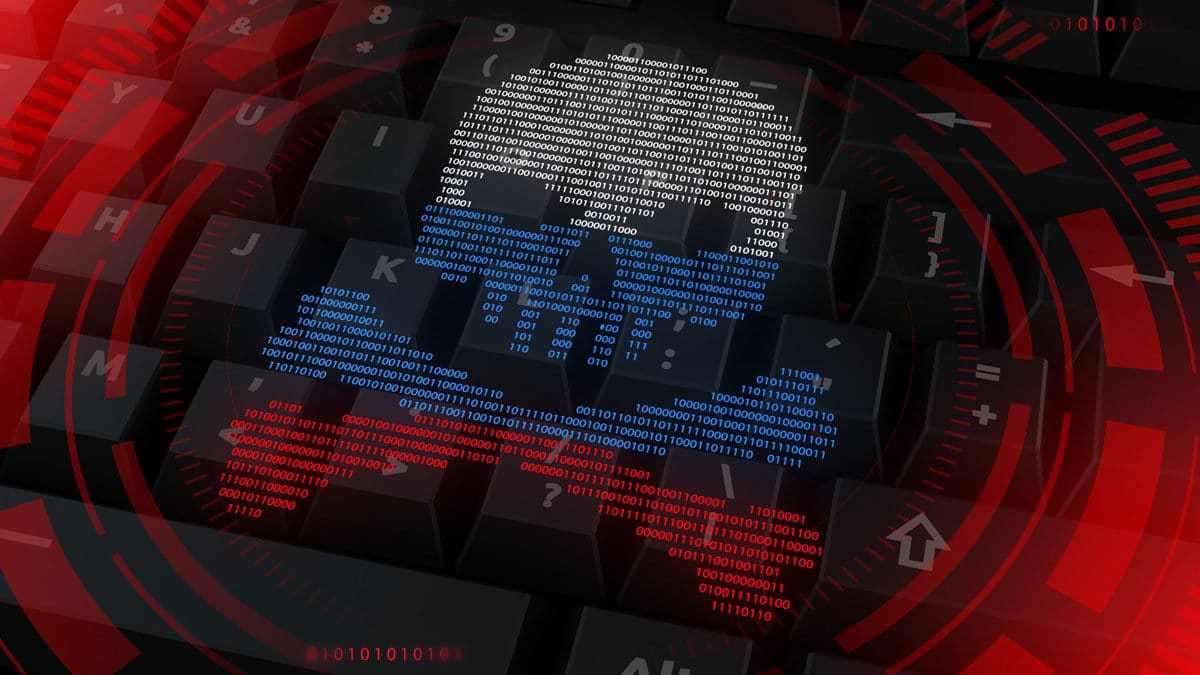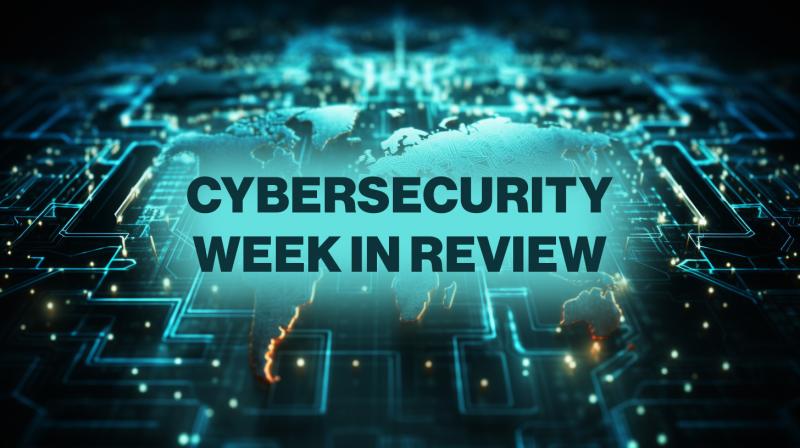Disk & Memory Forensics 101 — Finding Persistence in the Noise
Digital forensics starts where traditional IT troubleshooting ends. This primer walks through real-world techniques to uncover persistence mechanisms and reconstruct volatile evidence using free and open-source tools.

1. Why Disk & Memory Forensics Matter
When malware detonates, the what is obvious — files appear, processes spawn, data leaks.
But to understand the how and why, analysts must capture both disk (static) and memory (volatile) evidence.
Disk forensics preserves the long-term footprints — registry hives, prefetch files, event logs.
Memory forensics reveals live processes, injected code, network connections, and encryption keys that disappear on reboot.
2. Setting Up Your Forensic Workstation
Recommended free stack:
| Category | Tool | Purpose |
|---|---|---|
| Imaging | dd, FTK Imager Lite |
Bit-level acquisition |
| Analysis | Autopsy, Magnet AXIOM Free, X-Ways |
File system & timeline review |
| Memory | Volatility 3, Rekall |
Process & injection analysis |
| Hex & Strings | HxD, strings, binwalk |
Low-level data inspection |
Always verify hash integrity (MD5/SHA256) after acquisition and preserve originals in read-only mounts.
3. Disk Forensics Workflow
3.1 Identify Artefacts
- Master File Table (MFT) — shows file creation/deletion.
- USN Journal — captures changes between imaging sessions.
- Prefetch Files (
C:\Windows\Prefetch\*.pf) — track executed binaries. - Registry Keys (
Run,RunOnce,Services) — reveal persistence. - Event Logs — correlate process creation (Event ID 4688) with file writes.
3.2 Example Case: Lumma Persistence Trail
During analysis of an infected VM:
- MFT entry reveals new directory
%AppData%\Microsoft\Update\. - Prefetch shows
updater.exe – 1 runs. - Registry
HKCU\Software\Microsoft\Windows\CurrentVersion\Runreferences the same path. - Event ID 7045 logs creation of a scheduled task.
- SHA256 hash matches known Lumma sample.
Result: Persistence confirmed within 3 minutes of timeline review.
3.3 Timeline Reconstruction
Use Autopsy or log2timeline (plaso):
log2timeline.py lumma.plaso /mnt/image
psort.py -z UTC --timeline_format=csv lumma.plaso > timeline.csv
Filter for first execution indicators around infection time.
4. Memory Forensics Workflow
4.1 Capturing Memory
Use winpmem on live Windows host:
winpmem.exe --format raw -o memory.raw
Always document exact acquisition time and system uptime.
4.2 Analyzing with Volatility 3
vol -f memory.raw windows.pstree
vol -f memory.raw windows.cmdline
vol -f memory.raw windows.netscan
4.3 Detecting Injection & Persistence
Indicators:
- Unknown process parented by
explorer.exe. - Mapped DLLs not present on disk (
memmapplugin). - Suspicious scheduled task in registry hive loaded in memory snapshot.
Example:
vol -f memory.raw windows.malfind --dump-dir extracted/
Output reveals injected section at 0x20000000 inside explorer.exe containing Lumma payload.
4.4 Extracting Config Data
Dump memory section to file and run strings –n 6 | grep "lumma" — often leaks C2 URLs or build IDs.
5. Correlating Disk & Memory Findings
The magic happens when you merge timelines:
- Disk artefact: Prefetch shows execution time = 09:22:17.
- Memory artefact: Process list shows PID 2412 created 09:22:17.
- Event log: Task creation 09:22:18.
- Network trace: HTTPS POST 09:22:20 to unknown domain.
Together, these form an evidential chain strong enough for legal reporting.
6. Anti-Forensic Challenges
Attackers use:
- RAM clearing scripts (
cmd /c wevtutil cl System). - Self-deleting binaries.
- Process Doppelgänging / Process Hollowing (code injection without disk trace).
- Encrypted payloads using runtime decryption.
Counter with:
- Continuous EDR snapshots.
- Frequent memory captures on suspected hosts.
- Automatic timeline creation for post-incident review.
7. Reporting and Documentation
Every forensic action must be repeatable and verifiable.
Best practices:
- Maintain chain-of-custody log.
- Record all command-line executions.
- Store results and hashes with UTC timestamps.
- Generate a concise executive summary for non-technical stakeholders.
8. Automation Ideas
Python-based collection script example:
import os, subprocess, datetime, hashlib
def hash_file(path):
h = hashlib.sha256()
with open(path,'rb') as f:
while chunk:=f.read(8192): h.update(chunk)
return h.hexdigest()
ts = datetime.datetime.utcnow().strftime("%Y%m%d_%H%M%S")
subprocess.run(["winpmem.exe","--format","raw","-o",f"mem_{ts}.raw"])
print("Memory hash:", hash_file(f"mem_{ts}.raw"))
Extend this to collect registry hives and event logs for unified evidence bundles.
9. Key Takeaways
- Volatility + Autopsy form a complete open-source toolkit.
- Persistence artefacts hide in plain sight — registry keys, scheduled tasks, or injected threads.
- Always correlate volatile and static data.
- Document every step for defensibility.
10. Next Steps
In Week 2, we’ll move from host artefacts to Network Forensics, analyzing PCAPs to uncover beaconing patterns and data exfil.
Stay tuned for practical detection rules and Wireshark/Zeek examples.


